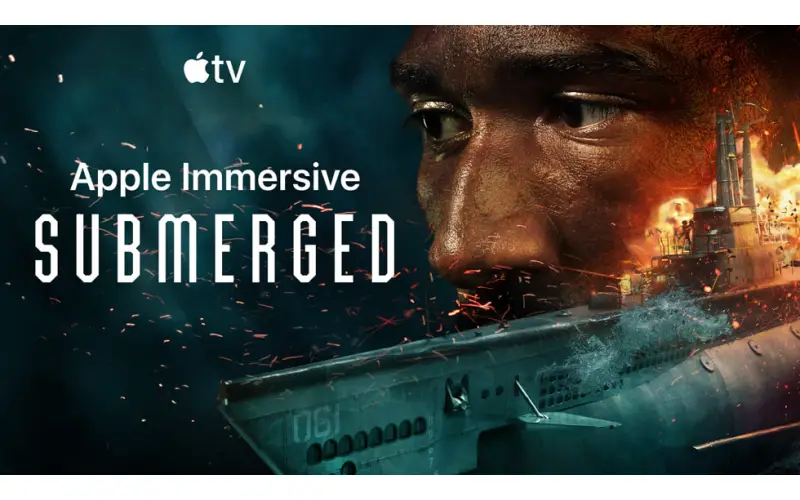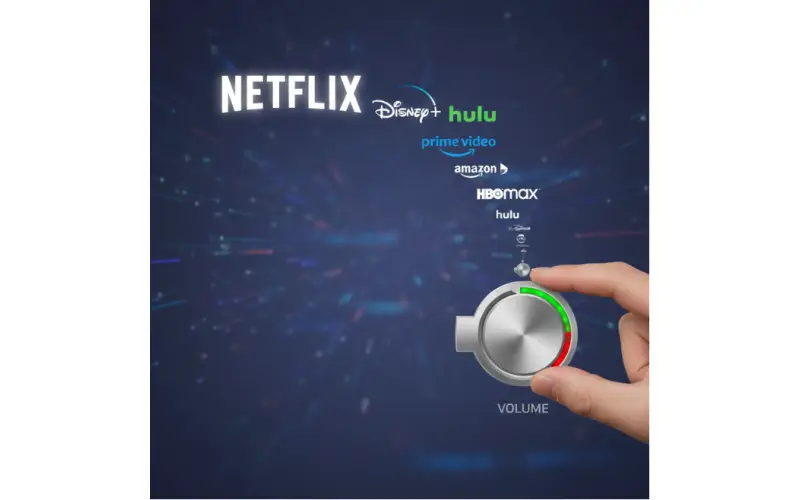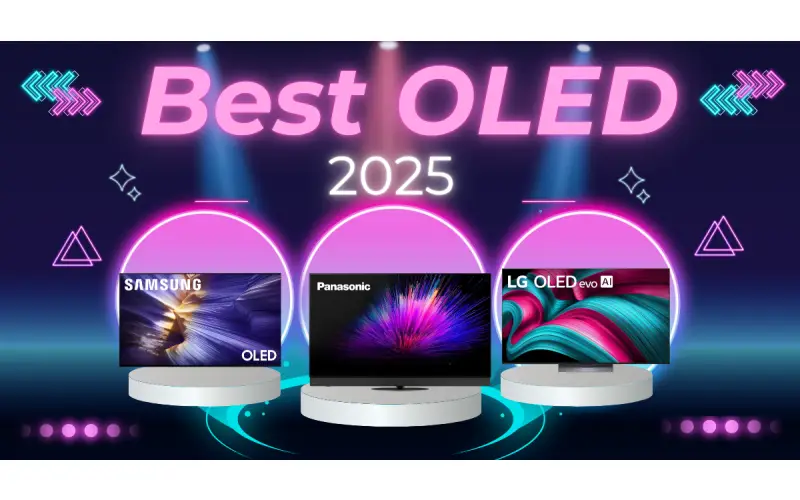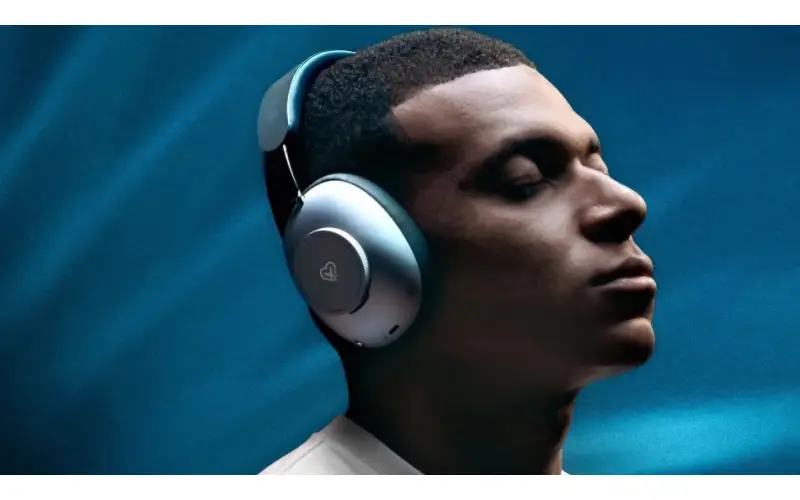By: CE Critic
Apple's recent foray into immersive filmmaking with Apple Vision Pro and Apple Immersive Video has generated significant buzz. This article delves deeper into the technical aspects, exploring the format's potential and limitations.
Apple Immersive Video: A Technical Breakdown
At the heart of this new experience lies Apple Immersive Video, a 180-degree VR format leveraging several key technologies:
- Ultra-High-Resolution 3D Video: Apple employs custom-designed cameras (likely utilizing two lenses) to capture stunning 8K 3D footage. This translates to exceptional detail and depth perception within the 180-degree field of view, creating a more realistic sense of presence for the viewer.
- Spatial Audio: Complementing the visuals, Spatial Audio is crucial for amplifying the immersive experience. This technology allows for precise positioning of sound effects and dialogue within the 3D space, further enhancing the feeling of being "in the scene."
Submerged: A Pioneering Immersive Film
The release of "Submerged," the first scripted short film shot specifically for Apple Immersive Video, serves as a prime example of the format's capabilities.
- Production Challenges: Creating "Submerged" presented unique obstacles. A massive 23-ton submarine set, built with an emphasis on realism, was used for filming. Specific camera traps and special effects ensured the immersive experience remained unbroken even when exposing the cameras to water, fire, and other elements. Cast members required extensive training, including freediving, to maintain continuity within the 3D environment.
- Technical Details: While details about the bespoke Apple Immersive Video camera are limited, it's likely similar to the Blackmagic Ursa Cine Immersive camera currently under development. Director Edward Berger confirms the camera features multidirectional microphones, enabling the capture of Spatial Audio for a truly dynamic soundscape.
The Vision Pro Headset: Gateway to Immersion
Apple Vision Pro, the headset designed for experiencing Apple Immersive Video, plays a critical role in the ecosystem. The high-resolution micro-OLED displays are key to delivering the clarity and detail necessary for a convincing immersive experience.
The Future of Immersive Storytelling
Apple's investment in immersive filmmaking signifies a potential shift in storytelling techniques. While "Submerged" offers a glimpse into the possibilities, experts acknowledge that not every film will be suited for this format. However, Apple Immersive Video holds promise as a new storytelling medium alongside traditional cinema and television.
Limitations and Considerations
While the technology is impressive, challenges remain:
- Cost and Accessibility: The high price point of the Vision Pro headset currently restricts access to a broader audience. This limits the potential for shared experiences, as noted by The Verge's Victoria Song.
- Isolation: The solitary nature of the viewing experience, mentioned by Song, could be a drawback for some viewers. Future advancements in multi-user VR experiences could address this issue.
- Content Availability: Currently, the limited library of Apple Immersive Video content might deter potential adopters. CNET's Scott Stein highlights the need for broader industry support to make the format truly compelling.
Apple's Bold Dive into Immersive Entertainment
Overall, Apple's foray into immersive filmmaking with Apple Vision Pro and Apple Immersive Video represents a bold step forward. The technology holds great promise for pushing the boundaries of storytelling and creating unparalleled levels of immersion. However, addressing accessibility and content creation will be crucial for widespread adoption.
Looking Ahead: A Home Theater Experience in VR
It's important to go beyond the current limitations and explore the potential future. While the Vision Pro offers a fantastic experience, there's room for further immersion.
Imagine experiencing Apple Immersive Video while nestled comfortably in a home theater environment. A multi-speaker surround sound system, complete with subwoofers, could recreate the powerful bass and rumbling effects often present in films like "Submerged." This combination would enhance the feeling of being "in the movie" by providing a physical sensation alongside the visual and auditory immersion.
Furthermore, integrating haptic feedback technology into the Vision Pro headset could allow viewers to feel subtle vibrations and textures within the virtual world. This would further blur the lines between reality and VR, creating an even more immersive experience.
Of course, achieving this level of immersion requires significant technological advancements and a shift in VR headset design. However, Apple's commitment to the immersive storytelling space suggests they're actively exploring such possibilities.
Apple's investment in Apple Immersive Video and Vision Pro marks a significant step towards a more immersive future of entertainment. Addressing accessibility and content creation will be crucial for its success.





